10 Unique Ways Advent Is Celebrated around the World
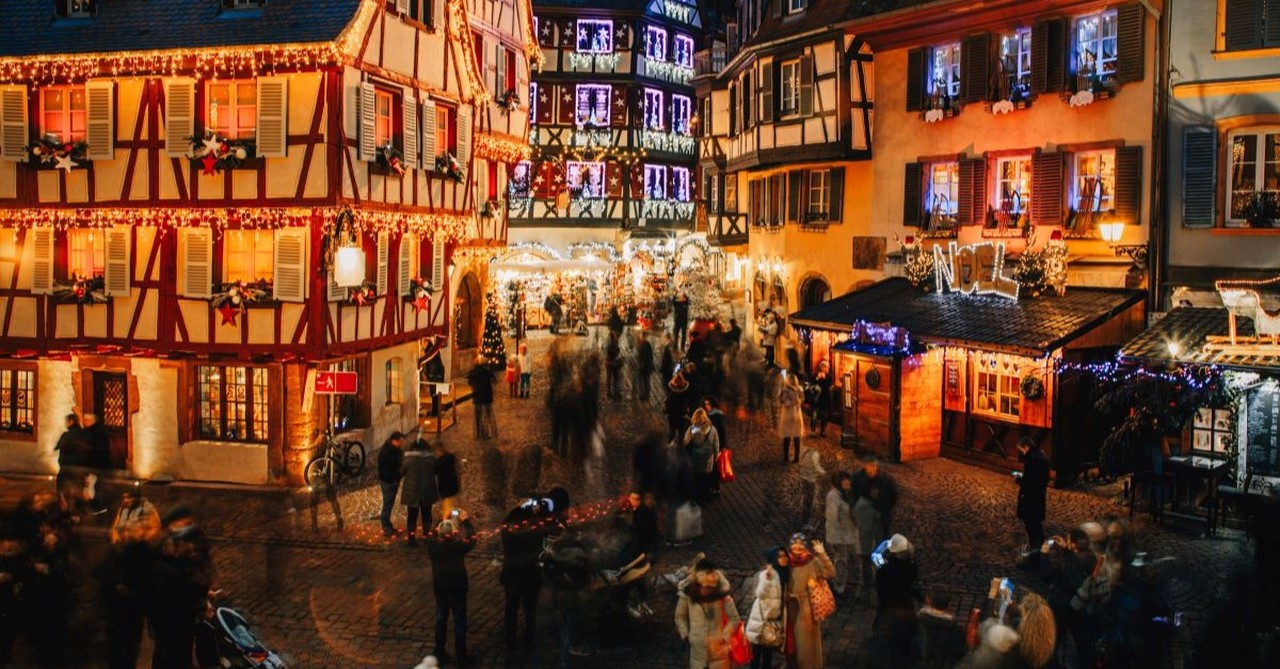
Advent is a sacred season that people around the world observe to prepare to celebrate Christmas. It takes place during the four weeks before Christmas and centers around universal themes of hope, peace, joy, and love. However, people from different cultures celebrate Advent in many diverse ways. It’s both fun and spiritually enriching to discover the distinctive Advent celebrations across the world’s nations.
Here are 10 unique ways Advent is celebrated around the world.
Photo Credit: ©GettyImages/Sami Sert
1. Germany: The Advent Wreath

1. Germany: The Advent Wreath
SLIDE 1 OF 10
The Advent wreath tradition originated in Germany’s Black Forest region, where it began as a way to mark the days leading up to Christmas. The first recorded Advent wreath was created by a German pastor named Johann Hinrich Wichern in 1839 to help the children in his mission school count the days until Christmas. His original wreath was made of wood and held 24 candles – one for each day in December. As the tradition spread, it evolved into the modern version, which typically has four candles – one for each Sunday of Advent.
In the Black Forest, families make their own wreaths out of evergreen tree branches (such as fir, spruce, or pine) that represent eternal life. Each of the four candles symbolizes a particular aspect of the Advent message: hope on the first Sunday, peace on the second Sunday, joy on the third Sunday, and love on the fourth Sunday. Some wreaths include a white candle in the center, called the Christ Candle, which is lit on Christmas Eve, signifying the birth of Jesus as the light of the world. Families gather around the wreath each Sunday, singing hymns, reading Bible passages, and praying together. The warm glow of the candles reminds them of the message in John 1:9: “The true light that gives light to everyone was coming into the world.”
Photo Credit: ©GettyImages/Westend61
2. Mexico: Las Posadas
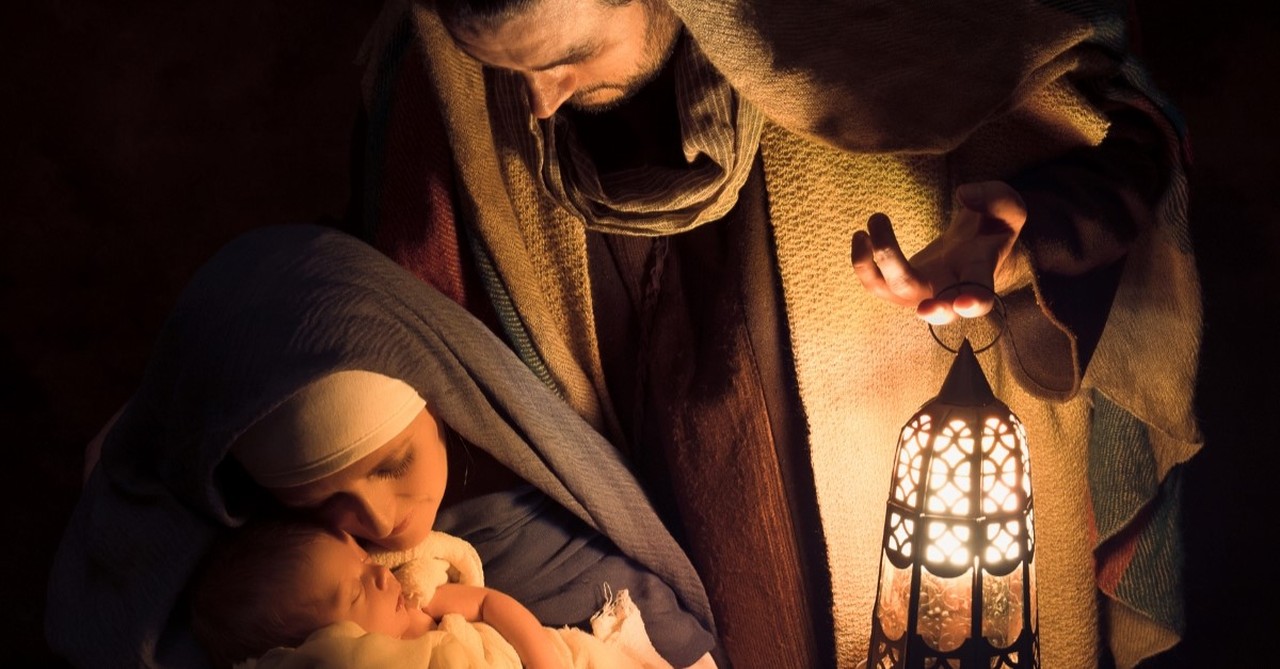
2. Mexico: Las Posadas
SLIDE 2 OF 10
Las Posadas is a beloved Mexican Christmas tradition that takes place annually from December 16th to December 24th, commemorating the journey of Mary and Joseph as they searched for shelter in Bethlehem before the birth of Jesus. The word posada means “inn” or “shelter” in Spanish, and Las Posadas represents a reenactment of this sacred journey, embodying themes of hospitality, community, and faith that resonate deeply in Mexican culture. Las Posadas is not just about fun – it emphasizes hospitality and God’s provision, recalling Luke 2:7: “... she gave birth to her firstborn, a son. She wrapped him in cloths and placed him in a manger, because there was no guest room available for them.”
Each night of Las Posadas, communities and families gather to form a procession that represents Mary and Joseph's search for a place to stay. This procession is often led by two individuals dressed as Mary and Joseph, accompanied by children and adults holding candles, singing carols, and sometimes playing instruments. Participants visit designated houses, reenacting the Holy Family’s request for shelter by singing traditional songs at each home. When the procession arrives at each home, a ritualistic exchange takes place. The people in the procession sing a song asking for shelter, while those inside respond with verses denying them entry, symbolizing the refusals Mary and Joseph experienced in Bethlehem. At the final stop of the evening, the “innkeepers” open their doors, inviting everyone inside to symbolize the hospitality eventually shown to Mary and Joseph. Once welcomed into the “inn,” participants gather for prayers, festive foods, and celebrations.
Las Posadas concludes on December 24th with a final reenactment, leading into Midnight Mass commemorating the birth of Jesus. The last posada is often the most festive, with a larger gathering, extended feasting, and joyful celebrations to mark the culmination of the nine-day journey.
Photo Credit: ©Getty Images/Studio-Annika
3. Ethiopia: The Advent Fast
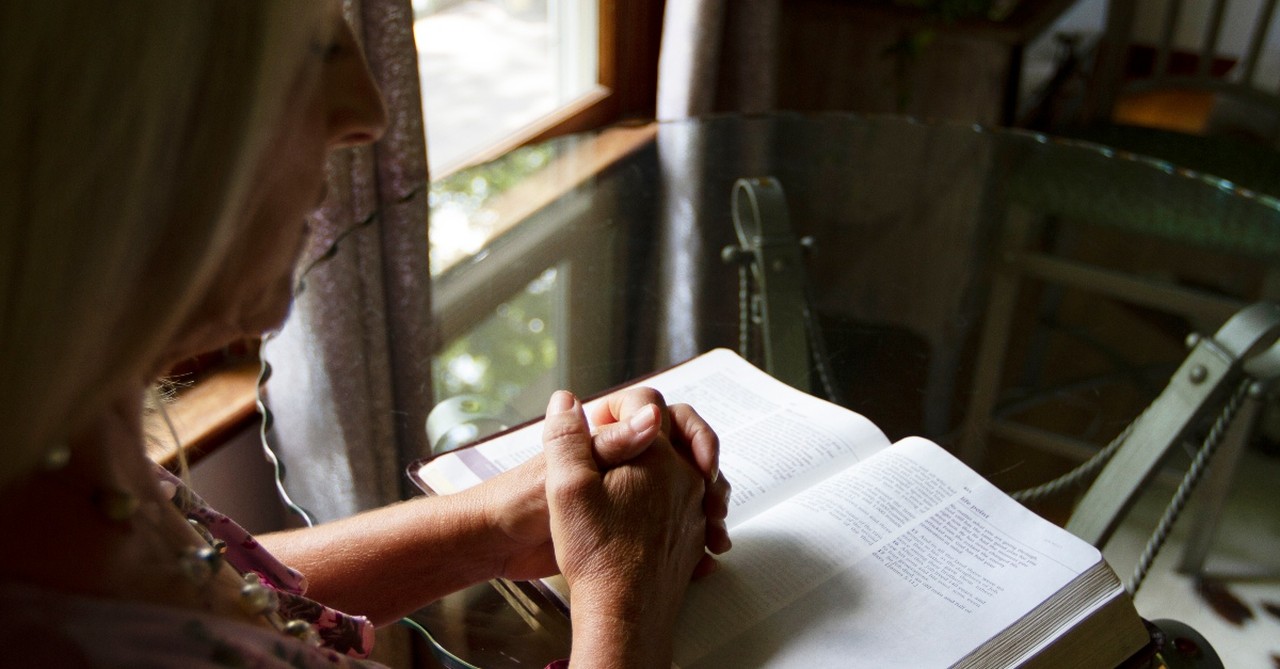
3. Ethiopia: The Advent Fast
SLIDE 3 OF 10
In Ethiopia, Christians observe an extended fast during the Advent season. The fast lasts 40 days and leads up to Christmas, celebrated on January 7th in the Ethiopian Orthodox Tewahedo Church. The practice is inspired by Jesus’ own example of fasting for 40 days in the wilderness. Ethiopian Christians refrain from eating animal products – including meat, eggs, and dairy products – and often eat only one meal a day during this period. The fast is believed to help believers detach from worldly desires and focus on repentance, prayer, and acts of compassion.
Isaiah 58:6-7 highlights the spiritual purpose of fasting: “Is not this the kind of fasting I have chosen: to loose the chains of injustice and untie the cords of the yoke, to set the oppressed free and break every yoke? Is it not to share your food with the hungry and to provide the poor wanderer with shelter – when you see the naked, to clothe them, and not to turn away from your own flesh and blood?” These verses emphasize that fasting is meant to bring about greater holiness that leads to people pursuing compassion, justice, and service to others. Fasting is not only about personal discipline; it’s also about becoming a vessel of God’s love and mercy in the world. By embracing fasting as a way to prepare for celebrating Jesus’ birth, Ethiopian Christians seek to purify their souls and demonstrate solidarity with the poor and hungry.
Photo Credit: Sparrowstock
4. Austria: Advent Calendars and Krampusnacht

4. Austria: Advent Calendars and Krampusnacht
SLIDE 4 OF 10
Austrian children open Advent Calendars every day from December 1st to 24th to find a small gift inside. Some calendars feature chocolates, while others may contain Bible verses to encourage families to reflect on the meaning of the season together. In larger towns, giant Advent calendars are projected onto buildings, with each window lighting up as the days pass, building anticipation for Christmas. Austria’s most unique Advent event is Krampusnacht, observed on December 5th, the eve of Saint Nicholas Day.
On this night, men dress up as Krampus – a scary horned demon figure – and roam the streets, rattling chains and ringing bells. In folklore, Krampus acts as a dark counterpart to Saint Nicholas, punishing misbehaving children, while Saint Nicholas rewards the good ones. The tradition is intended to teach children about accountability while highlighting the contrast between good and evil. In cities like Salzburg and Innsbruck, Krampus parades attract large crowds. Costumed figures chase spectators and participate in staged performances. This tradition highlights the need for repentance during Advent, a season that not only celebrates joy but also features spiritual reflection about the need for God’s light in the darkness of this fallen world. As Romans 13:12 points out: “The night is nearly over; the day is almost here. So let us put aside the deeds of darkness and put on the armor of light.”
Photo Credit: ©iStock/Getty Images Plus/Muenz
5. France: A Grand Christmas Market
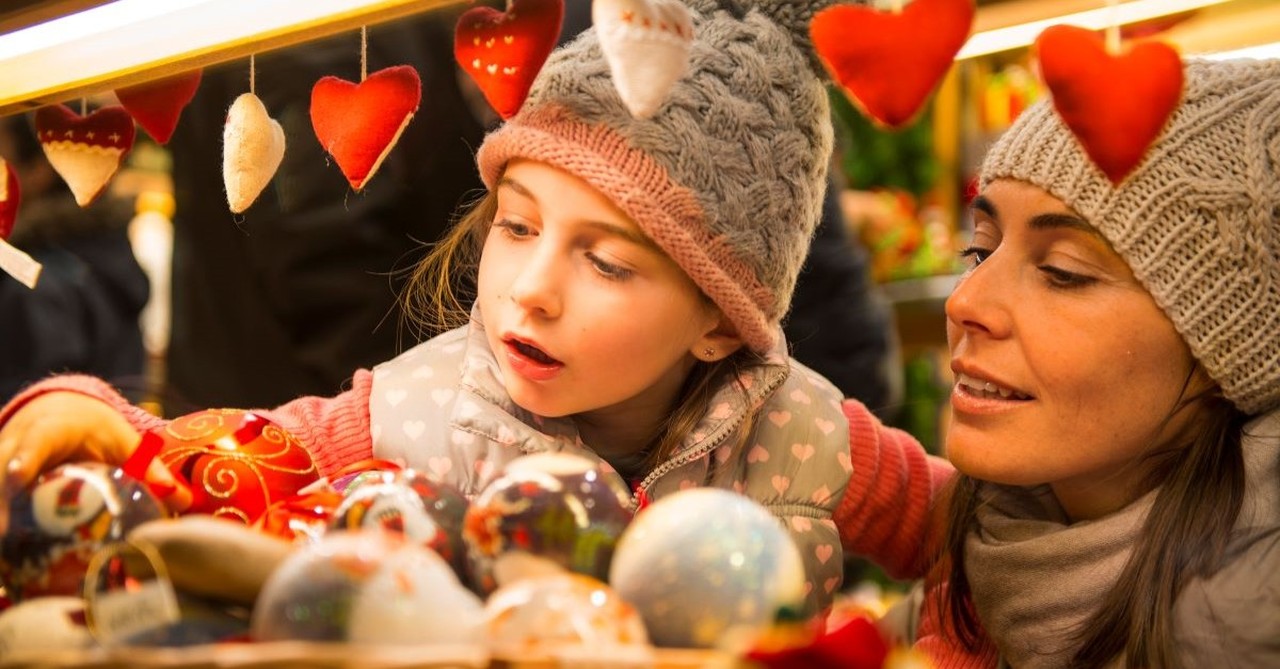
5. France: A Grand Christmas Market
SLIDE 5 OF 10
Strasbourg, France is often called the “Capital of Christmas” because it’s home to the Christmas market that played a significant role in inspiring the traditions of other European Christmas markets. The Strasbourg market dates back to 1570, and introduced many of the features that people throughout Europe now enjoy at Christmas markets, such as handcrafted goods and decorations like wooden ornaments and handmade toys, holiday food and drinks such as spiced gingerbread and mulled wine, nativity scenes, Christmas angels, and large Christmas trees at the center of the action.
The spirit of the Strasbourg market is rooted in charity. A special section of the market is dedicated to non-profit organizations and charitable projects, encouraging visitors to give back during the holiday season. This theme reflects the spirit of Jesus’ words in Matthew 25:40: “Truly I tell you, whatever you did for one of the least of these brothers and sisters of mine, you did for me.”
Photo Credit: ©GettyImages/Gorfer
6. The Philippines: Dawn Masses
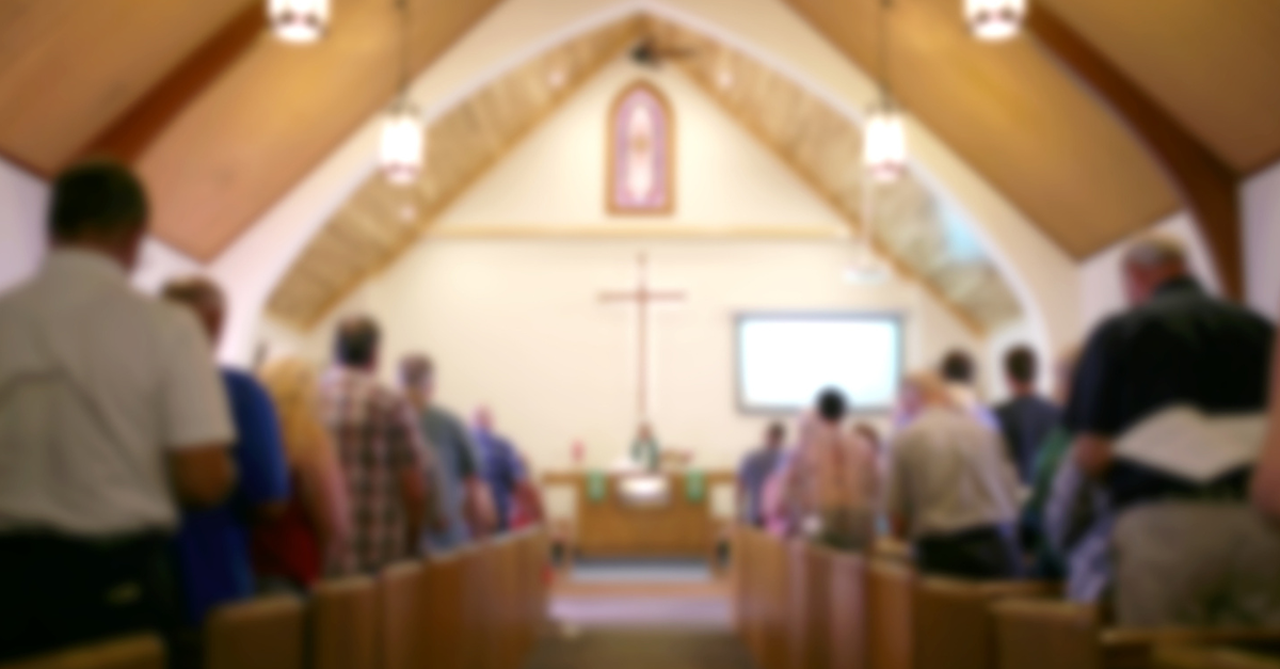
6. The Philippines: Dawn Masses
SLIDE 6 OF 10
In the Philippines, Simbang Gabi is a beloved Advent tradition consisting of nine consecutive dawn masses, starting on December 16th and ending on Christmas Eve on December 24th. Believers wake up before sunrise to attend these early morning masses. During this time, they present a special prayer request to God, and look forward to how God will answer their prayers for that special concern once they have completed all nine masses. After each mass, families gather to enjoy festive foods such as purple rice cakes and rice pancakes cooked in banana leaves, and to enjoy conversations with each other in anticipation of Christmas.
The joyful perseverance required to complete Simbang Gabi reflects Philippians 4:4-5: “Rejoice in the Lord always... Let your gentleness be evident to all. The Lord is near.”
Photo Credit: ©Getty Images/Christin Lola
7. Italy: Novena and the Feast of the Immaculate Conception
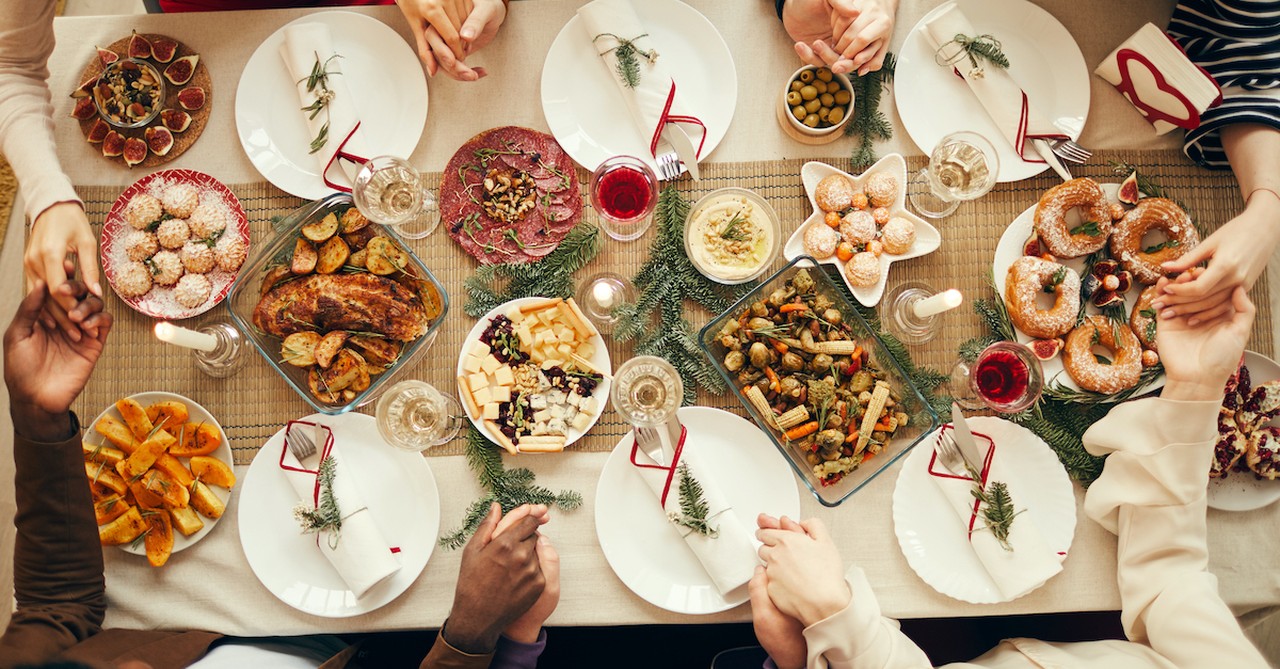
7. Italy: Novena and the Feast of the Immaculate Conception
SLIDE 7 OF 10
In Italy, Advent takes on a reflective tone with the Novena, a series of prayers recited over the nine days leading to Christmas. December 8th marks the Feast of the Immaculate Conception, a national holiday celebrating the Virgin Mary’s purity and role in Jesus’ birth. In cities such as Rome and Naples, street processions, fireworks, and nativity displays highlight the event. Many Italian families set up nativity scenes in their homes, sometimes adding figures of local artisans or animals to reflect daily life.
This tradition encourages believers to reflect on Mary’s humility and obedience to God, as seen in Luke 1:38: “‘I am the Lord’s servant,’ Mary answered. ‘May your word to me be fulfilled.’”
Photo Credit: ©GettyImages/SeventyFour
8. Lebanon: Charity and Lighting the Yule Log

8. Lebanon: Charity and Lighting the Yule Log
SLIDE 8 OF 10
Lebanon’s Advent traditions emphasize charity. Many churches and families participate in fundraising events or donate food and clothing to help people in need. Some communities organize Christmas food drives, embodying the spirit of generosity that the Advent season encourages. The idea of serving others during Advent reflects Jesus’ words in Acts 20:35: “It is more blessed to give than to receive.”
A unique aspect of Lebanese Advent is the lighting of the Yule log. Families gather on the first day of Advent to light a large wooden log in their homes or courtyards, symbolizing the warmth of family unity and the light that Jesus brings into the world. Traditionally, the Yule log is kept burning throughout the season, creating an atmosphere of hospitality and love. Lighting the Yule log symbolizes Jesus’ promise in John 8:12: “I am the light of the world. Whoever follows me will never walk in darkness, but will have the light of life.”
Photo Credit: ©GettyImages/SeventyFour
9. Sweden: St. Lucia’s Day

9. Sweden: St. Lucia’s Day
SLIDE 9 OF 10
In Sweden, St. Lucia’s Day is one of the most cherished Advent traditions. Celebrated on December 13th, it honors Saint Lucia, a young martyr known for secretly delivering food to persecuted Christians, guiding her way with a crown of candles. Today, St. Lucia’s Day marks the beginning of the Christmas season, celebrated in homes, schools, and churches across the country. On this day, a young girl – known as the Lucia Bride – dresses in a white gown with a red sash and a crown of candles. She leads a procession of children and youth, each holding candles, through darkened spaces while singing hymns such as “Santa Lucia.”
In homes, families serve saffron buns and ginger cookies that symbolize light and warmth. This tradition reflects the Advent theme of light dispelling darkness, which is consistent with Isaiah 60:1: “Arise, shine, for your light has come, and the glory of the Lord rises upon you.”
Photo Credit: ©Unsplash/Monika Grabkowska
10. United States: The Hanging of the Greens

10. United States: The Hanging of the Greens
SLIDE 10 OF 10
In the United States, one of the most cherished Advent traditions is the Hanging of the Greens. During this church service at the beginning of Advent, members of the congregation decorate the sanctuary with evergreens, poinsettias, wreaths, and nativity scenes. Each item carries symbolic meaning. Evergreens represent eternal life, poinsettias reflect the joy of the season, and nativity scenes remind believers of the first Christmas. Churches often accompany the Hanging of the Greens with Advent wreath lighting. Each week, people light one of the four candles – representing hope, peace, joy, and love – and pray, sing hymns, and read Bible passages. This emphasis on church communities celebrating Advent together brings to mind Psalm 96:11-13: “Let the heavens rejoice, let the earth be glad; let the sea resound, and all that is in it. Let the fields be jubilant, and everything in them.”
In conclusion, we can learn from many different Advent traditions around the world as we prepare for Christmas in our own lives. Asking the Holy Spirit to show us the most meaningful ways to celebrate Advent can help us experience an Advent season that draws us closer to God. The world’s Advent traditions remind us that Advent can be an exciting time of spiritual growth for us as we prepare for Christmas. As Romans 15:13 says: “May the God of hope fill you with all joy and peace as you trust in him, so that you may overflow with hope by the power of the Holy Spirit.”
Photo credit: ©iStock/Getty Images Plus/Bogdan Kurylo

Originally published November 14, 2024.









